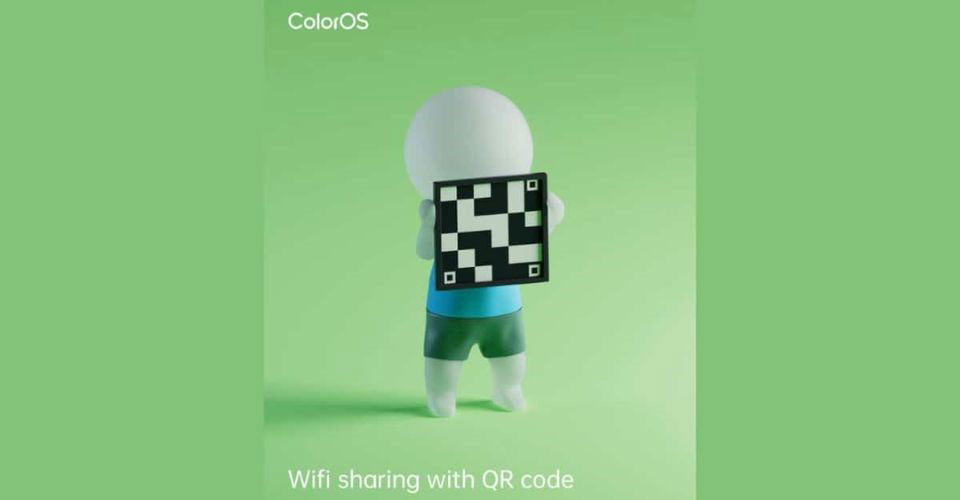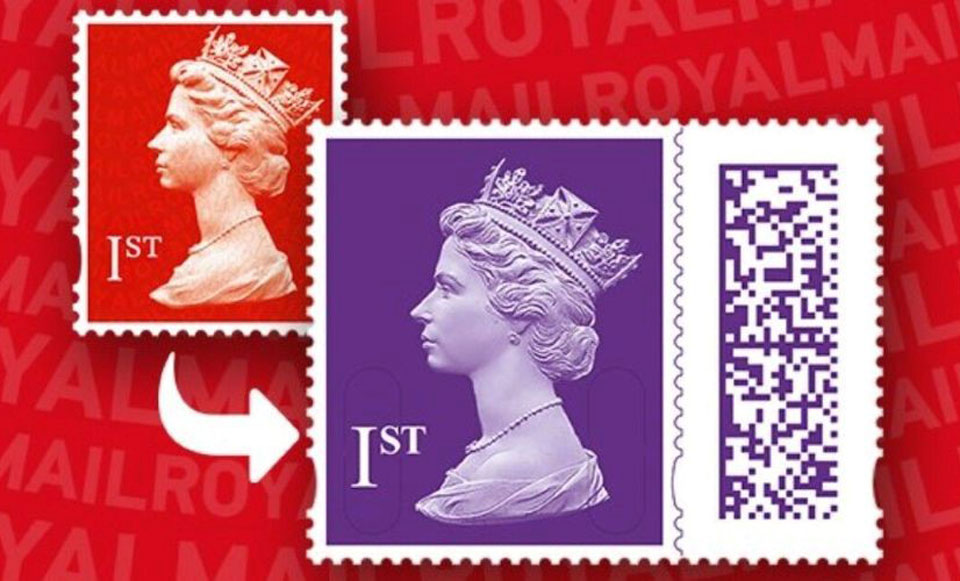A Traveler's Dream: Southeast Asian Countries Are Connected Through Cashless Payment Systems
Countries in Southeast Asia are starting to successfully connect their payment systems. Without the pain of fees or the hassle of carrying cash and credit cards across borders, QR code payments are possible.
As the first agreement of its sort, it sets the path for other innovations including rapid international bank transactions.
.jpg)
Cash-free payment systems link up across Southeast Asia
When a Jakarta businesswoman named Jeniffer Stenlie learned she could use her Indonesian banking app in Thailand, she was dubious.
A helpful Thai shopkeeper reassured her, "Just scan a QR code at the sales counter," while she was purchasing in June 2022.
To her great surprise, the payment was processed right away and at a higher conversion rate than she had anticipated.
In the glitzy center of Bangkok, Stenlie, who owns a modest women's apparel company, scanned QR codes to pay in mall after mall as she bought shoes, food, and beverages. I started to favor QR over cash or credit cards at that point.
The ambitious agreement between Indonesia, Malaysia, Singapore, Thailand, and the Philippines includes the QR codes that Stenlie scanned; it appears to be the first of its type.
The central banks of these nations have been working to connect their systems over the past few years, enabling their citizens to use QR code for payment for cross-border transactions without incurring any fees.
In most cases, they are at conversion rates that are better than those set by payment processors like American Express and Visa.
The system is starting to take off, anywhere from island party villages to high-end boutiques, after running a series of covert test programs and signing a formal agreement in 2022.
.jpg) Payment qr code in Southeast Asia is developing
Payment qr code in Southeast Asia is developing
QR payments have also changed commerce in China and India.
Even the tiniest payment may be done by scanning a code because of the might of private-sector banking behemoths like Paytm and Ant Group of Alibaba.
Beggars in Delhi wave printed QR codes at drivers who are driving by.
In China, 95% of people, including some thieves, use it as their primary form of payment.
Also read: Long-Lasting Clothing Labels With Fiber "Barcodes"


.jpg)
0 Comments
Leave a Comment
Your email address will not be published. Required fields are marked *